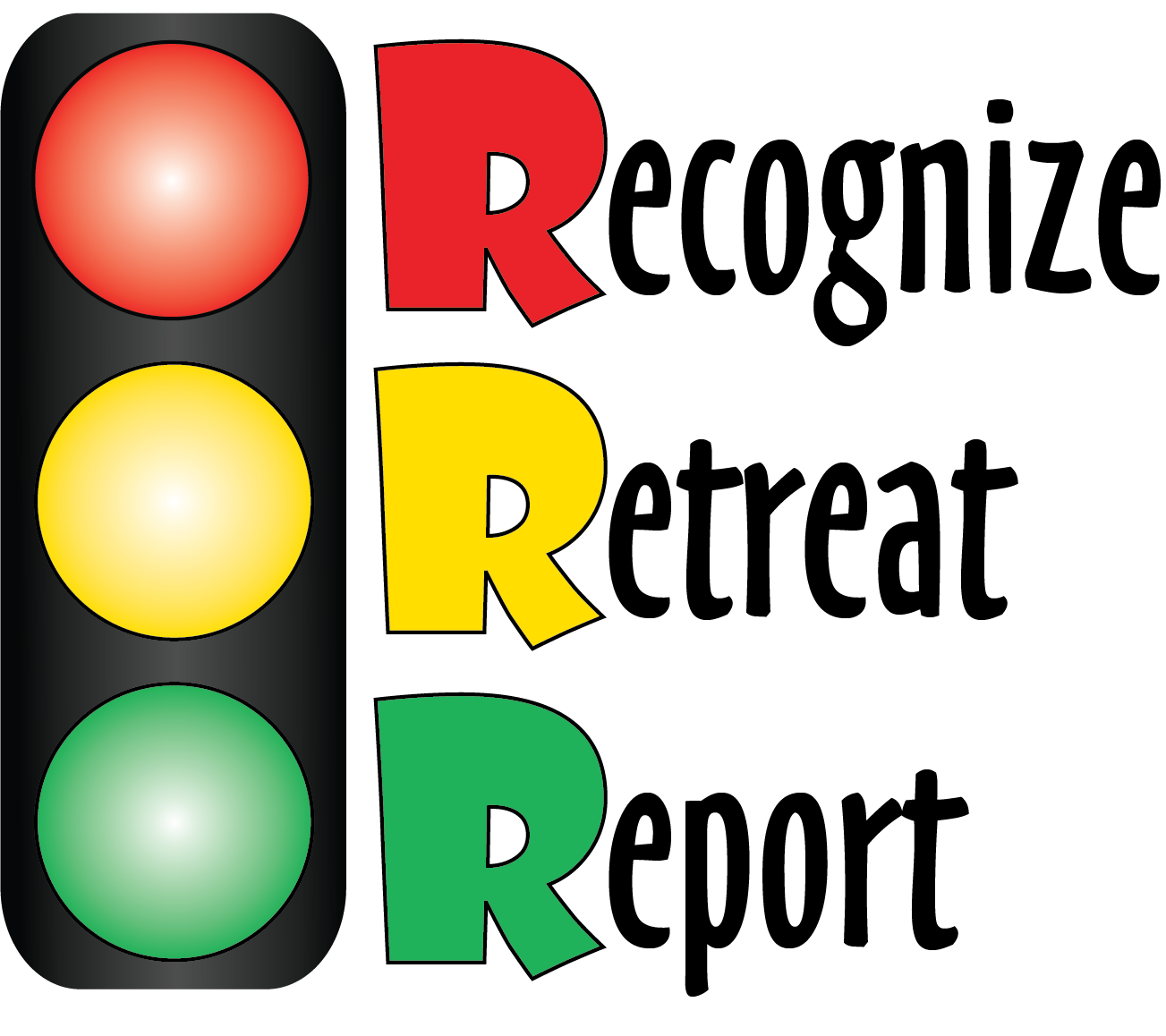Overview
During the past 200 years, some activities supporting military readiness resulted in the need for environmental cleanup within the United States and its territories. The Department of Defense (DOD), the U.S. Navy and the U.S. Army Corps of Engineers are committed to protecting human health and the environment and improving public safety by cleaning up these properties.
These properties include Formerly Used Defense Sites (FUDS), which when under the jurisdiction of DOD prior to October 1986, were used for a variety of purposes, including training and supporting Soldiers, airmen, sailors and Marines, as well as to test new weapons and warfare capabilities. When no longer needed, many of these properties were cleaned up according to the best practices at the time and then transferred to other owners such as private individuals or federal, state, tribal or local government entities.
Congress created the FUDS program in the mid-1980s. Under Army oversight, the U.S. Army Corps of Engineers executes the program pursuant to the Comprehensive Environmental Response, Compensation, and Liabilities Act, as amended (CERCLA). That work includes identifying eligible properties, investigating their condition and addressing any contamination by hazardous substances contamination that was the result of DOD activities. FUDS cleanups can include remediation of munitions that remain on site. The U.S. Army Corps of Engineers is committed to addressing this contamination in a safe, timely, and responsive manner. Teams from U.S. Army Corps of Engineers districts consult with state environmental and health offices, the U.S. Environmental Protection Agency, landowners and the public in performing the work.
Scope of Program
The more than 10,000 potential FUDS properties across the country and its territories can range from less than an acre to hundreds of thousands of acres, and can be found in industrial or residential areas as well as on federal, tribal or state properties.
As of Sept. 30, 2019, approximately 5,440 FUDS nationwide have been identified for investigation and cleanup. Of these sites, cleanup has been completed on 3,700 sites, leaving 1,736 sites identified where cleanup actions still require a CERCLA response. A single property may have more than one cleanup project. The type of cleanup required varies from property to property, and can include cleaning up hazardous, toxic and radioactive waste sites; removing munitions and explosives of concern and munitions constituents; or doing building demolition and debris removal if the building or structure was unsafe at the time of transfer.
U.S. Army Corps of Engineers districts employ a risk management approach in accomplishing the cleanup, which follows CERCLA. Most projects take several years to complete, and each is unique.
Active communication, coordination, consultation and collaboration with property owners, state and federal regulators, tribal and local governments, local communities and other potentially responsible parties are critical in planning and carrying out cleanups. The U.S. Army Corps of Engineers works hard to keep all interested parties informed and offers opportunities for dialogue throughout all cleanup phases.
At FUDS, landowners may assume control of the cleanup at any time, at their own expense, to meet their own schedules and needs.
Safety is a Priority
Follow the 3Rs of Explosives Safety if you suspect you may have come across a military munition.
|

|
Recognize – when you may have encountered a munition, and that munitions are dangerous. |
| Retreat – do not approach, touch, move, or disturb it, but carefully leave the area. |
| Report – call 911 and advise the police of what you saw and where you saw it. |
Additional information about the FUDS program is available at: www.fuds.mil.